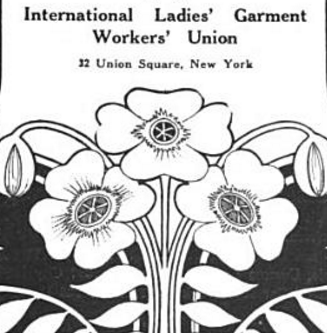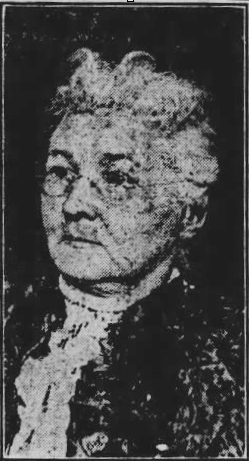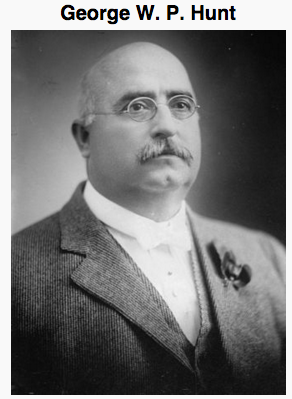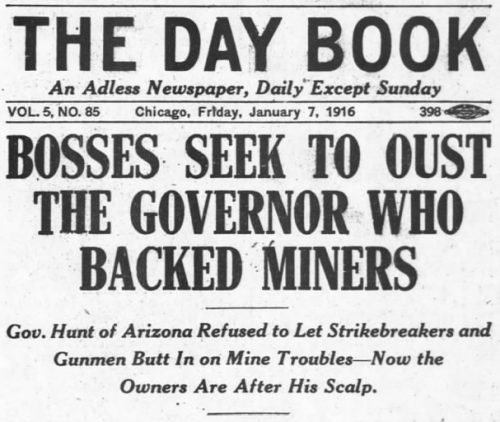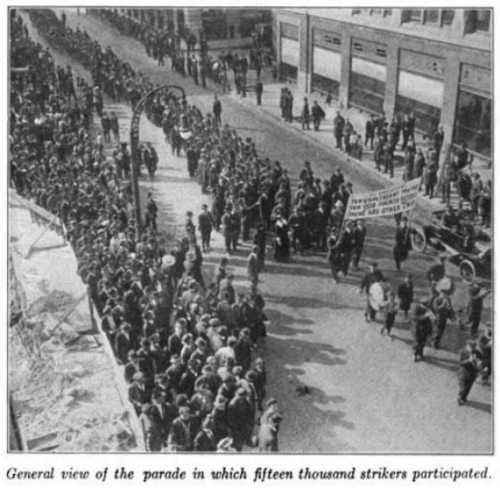Hellraisers Journal: Partial Settlement in New York City Garment Strike, Arrests Continue
Submitted by JayRaye on Fri, 02/19/2016 - 12:30pmPut on your fighting clothes.
-Mother Jones
~~~~~~~~~~~~~~~~~~~~~~~~~~~~~~~~~~~~~~~~~~~~~~~~~~~~~~~~~~~~~~~~~~~~~~~~~~~
Saturday February 19, 1916
New York, New York - Agreements Reached in Needle Workers Strike But Arrests Continue
From the Pittsburgh Daily Post:
Agreement Signed by
Garment Workers
-----NEW YORK, Feb. 18.-An agreement was signed today which it is believed will end the needle workers' strike in this city. It is expected that a majority of the 40,000 strikers will return to work within a few days, although some of the independent manufacturers have not signed the agreement.
The principal features of the agreement provide for "a preferential union shop," a working week of six days, with an aggregate of not more than 49 hours, and a maximum overtime of four hours, and a provision that Mayor Mitchel's council of conciliation shall be the final court of resort on any differences which may arise.
-----

